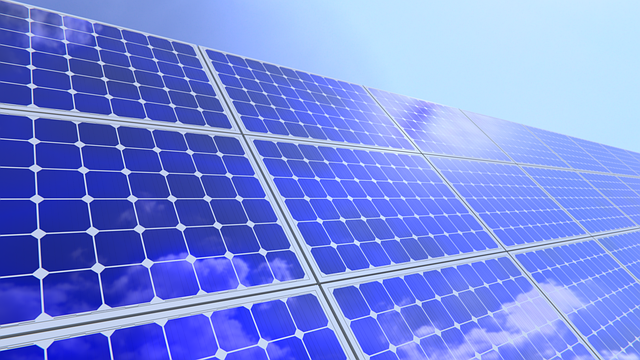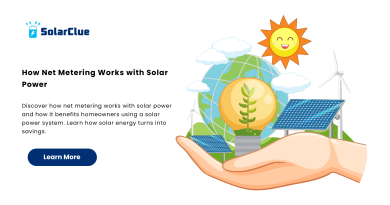Agriculture Drones Sustainability Change Towards Sustainability
Table of Contents
The Rapidly Changing Landscape of Agriculture with Drones: Towards Sustainability
Introduction:
The advent of technology has revolutionized various industries, and agriculture is no exception. In recent years, the use of drones in the agriculture sector has been gaining traction, providing farmers with innovative tools to manage their crops and livestock more efficiently. Drones, or unmanned aerial vehicles (UAVs), offer a range of benefits, from improved surveillance and data collection to precision farming techniques. This article explores how the agriculture sector is rapidly changing with the integration of drones and how these advancements are pointing towards a more sustainable future.
Enhanced Surveillance and Crop Management
Drones have become indispensable tools for farmers when it comes to surveillance and monitoring their crops. Equipped with high-resolution cameras and sensors, drones provide a bird’s eye view of the entire farming area, enabling farmers to identify potential problem areas. By regularly surveying their crops, farmers can quickly detect signs of disease outbreak, water stress, or pest infestation. Real-time aerial imagery captured by drones can help detect these issues at an early stage, allowing for prompt intervention and minimizing crop losses.
Moreover, drones can be programmed to fly specific routes over fields, gathering data on crop health, growth patterns, and nutrient levels. This data is then processed using specialized software, providing farmers with actionable insights on fertilization, irrigation, and other key aspects of crop management. With drones, farmers can precisely target areas that require attention, reducing the need for blanket treatments and optimizing resource allocation.
Precision Agriculture and Yield Optimization
One of the significant advantages drones bring to the agriculture sector is the ability to practice precision farming. Traditionally, farmers would apply fertilizers, pesticides, and other inputs across entire fields irrespective of the varying needs of different sections. This blanket approach often led to the overuse of resources and increased environmental impact.
Drones, on the other hand, enable farmers to adopt a more targeted approach. By collecting data on soil quality, moisture levels, and plant health, drones provide farmers with accurate and up-to-date information on the specific requirements of different areas within their fields. Armed with this knowledge, farmers can apply inputs only where needed, reducing wastage and minimizing pollution. This precision agriculture not only optimizes yields but also promotes sustainability by reducing the overall environmental footprint of farming operations.
Improved Livestock Management and Farming Practices
Apart from crop management, drones are also proving to be valuable assets in the domain of livestock farming. They can be utilized to monitor animals’ behavior, assess their health, and ensure their well-being. From monitoring grazing patterns to detecting signs of illness or injury, drones provide farmers with a comprehensive overview of their livestock.
Drones equipped with thermal imaging cameras can aid in the early detection of diseases, such as foot-and-mouth disease or mastitis, by identifying abnormal temperature patterns in animals. This early detection enables timely treatment, preventing the spread of diseases within the herd and minimizing the need for antibiotics or other interventions.
Moreover, drones equipped with lightweight sprayers can be used to distribute medication, supplements, or even feed to livestock, significantly reducing labor costs and enhancing efficiency in large-scale farming operations. By automating certain tasks, drones allow farmers to streamline their operations and allocate resources more effectively.
The Way Forward: Sustainability in Agriculture
The rapid integration of drones in the agriculture sector is undoubtedly changing the landscape of farming. These technological advancements offer immense potential for sustainability in agriculture. By leveraging drones, farmers can optimize resource usage, reduce inputs, and minimize environmental impact.
The data collected by drones enables farmers to make informed decisions and implement targeted interventions. This precision, coupled with enhanced surveillance, helps farmers prevent and manage pest infestations, diseases, and other crop-related issues more efficiently. As a result, the need for chemical treatments is reduced, leading to lower emissions and a healthier ecosystem.
Furthermore, drones can assist farmers in managing water resources more effectively. By analyzing soil moisture levels and weather patterns, farmers can make informed decisions regarding irrigation, minimizing water wastage. This efficient use of water resources has a direct impact on both the environment and farm profitability.
Conclusion:
The agriculture sector is undergoing rapid transformation with the integration of drones, moving towards a more sustainable future. From enhanced crop surveillance and precision agriculture techniques to improved livestock management, drones offer farmers a range of tools to optimize their operations while minimizing environmental impact. As technology continues to evolve, it is crucial for farmers to embrace these advancements and leverage the power of drones to create a more sustainable and productive agriculture industry. With drones as allies, farming becomes a symbiotic relationship between technology and nature, ensuring the long-term sustainability of our food production systems.




